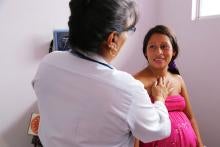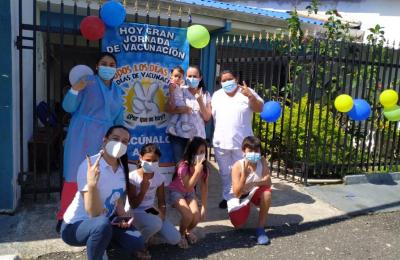Impact of COVID-19 on mortality in Peru using triangulation of multiple data sources
- Read more about Impact of COVID-19 on mortality in Peru using triangulation of multiple data sources
An analytic cross-sectional study was conducted to quantify the impact of COVID-19 on mortality in Peru. Total excess mortality due to natural and external causes was calculated. The direct and indirect impact of COVID-19 was estimated at two points: when COVID-19 deaths were confirmed by a laboratory test and when they were confirmed by broader criteria (reclassified deaths). This comparison was made in general and by sex, age, and geographical location.













